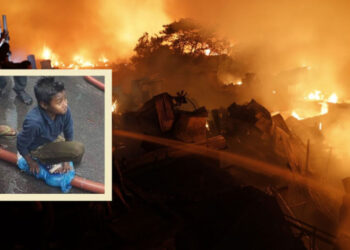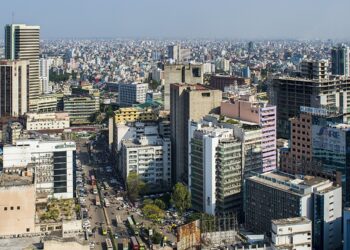Highlights
- Jakarta becomes the world’s largest city with 41.9 million residents.
- Dhaka jumps to second place with 36.6 million, projected to be No. 1 by 2050.
- Tokyo falls to third for the first time in decades.
- Nine of the world’s top 10 megacities are in Asia, showing rapid regional urbanization.
A striking shift in global urban demographics has emerged as a new United Nations report names Indonesia’s Jakarta the world’s largest city, surpassing Tokyo and marking a historic transition in global population centers. The World Urbanization Prospects 2025 report, released by the UN Department of Economic and Social Affairs, places Jakarta at 41.9 million people.
Meanwhile, Bangladesh’s capital Dhaka has surged to second place, rising from ninth position to 36.6 million residents. The UN notes that at its current pace, Dhaka is projected to become the world’s largest city by 2050, driven by continuous rural migration, economic centralization, and climate-related displacement.
Tokyo, long recognized as the largest city globally since the early 2000s, has now dropped to third, with a stable population of 33.4 million.
Asia Dominates the Global Megacity Landscape
Asia’s rapid urban expansion continues to redefine global city rankings. The report highlights that 33 megacities now exist worldwide compared to only eight in 1975 and 19 of these are in Asia.
Read More: Fire Breaks Out at Bangladesh Medical University Building in Shahbag
The top 10 megacities, dominated overwhelmingly by Asia, include:
- Jakarta, Indonesia – 41.9 million
- Dhaka, Bangladesh – 36.6 million
- Tokyo, Japan – 33.4 million
- New Delhi, India – 30.2 million
- Shanghai, China – 29.6 million
- Guangzhou, China – 27.6 million
- Manila, Philippines – 24.7 million
- Kolkata, India – 22.5 million
- Seoul, South Korea – 22.5 million
Egypt’s Cairo, with 32 million residents, is the only non-Asian city in the top 10. Across other regions, São Paulo remains the largest city in the Americas with 18.9 million, while Lagos leads sub-Saharan Africa’s urban growth.
Dhaka’s Rapid and Unrelenting Growth
Dhaka’s population explosion is shaped by several forces:
- Rural migration driven by the search for jobs and economic opportunity
- Climate change impacts, specially coastal erosion, flooding, and rising sea levels
- Centralized economic development, attracting millions from across Bangladesh
This pace of growth poses significant challenges for housing, transportation, infrastructure, and basic services, making sustainable urban planning more critical than ever. As Dhaka moves towards becoming the world’s largest city by 2050, the urgency for sustainable growth, resilience, and inclusive planning becomes central to its future survival and success.
Source: Al Jazeera
Share via:
















